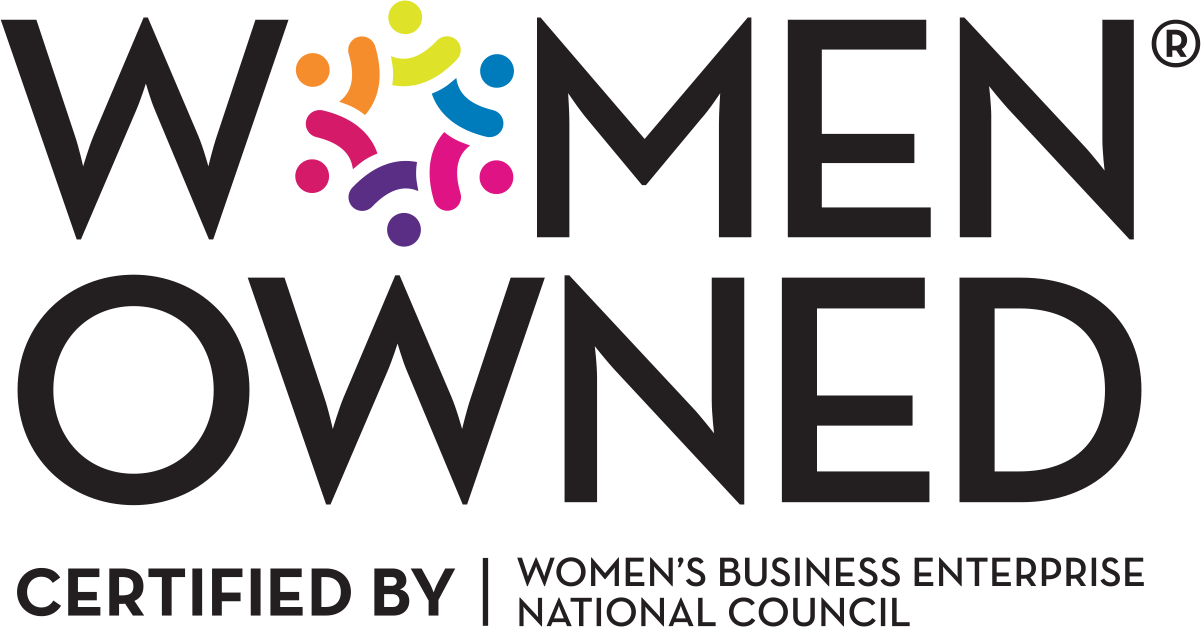When you think about which audiences you should be advertising and marketing to, customers and prospects are clearly at the top of the list. But what about your employees? If you’re not marketing to them, you certainly should be.
Your external messaging can make all sorts of claims — your company makes the best widgets on the market; you’re always there for your customers; you have a rich legacy of innovation — but it’s your employees who validate those claims. Is your customer service truly legendary, or is it mediocre? Are your support techs quick to respond, or do they call the customer back when they get around to it? Is your organization actually the best place to work in your city, or is turnover an issue?
Branding isn’t just the responsibility of the marketing department. Including employees in your branding efforts is just as important as including your customers. Every one of your employees or co-workers plays a part in bringing your brand to life and making sure your brand promise rings true, so it’s vital that you extend your branding internally. This can be accomplished in companies of all sizes, from startups to global corporations with thousands of employees.
Where Do You Start?
You need to understand your employee base as well as you understand your customer base. What excites them about your company? Do you have self-appointed brand ambassadors who are eager to brag about your company culture or products? Does everyone understand why they’re there and their role in bringing the brand to life?
No two employees are alike, but if you have a sense of the overall culture, you’ll be able to identify the best ways to engage your employees and get them living the brand. You’ll also be able to pinpoint areas that won’t ring true for employees or your audiences. This knowledge can highlight areas for internal improvement as well as topics or concepts you should avoid in your marketing messaging. If it turns out your implementation process is lengthy and difficult, then it would be a good idea to avoid promotions that emphasize ease of use or quick delivery. Instead, opt for messaging that speaks to your years of experience, high-profile customers or low failure rate.
What Does It Look Like?
Once you have a feel for your organization’s culture, you can start planning your internal branding initiatives. Yes, that’s plural. This needs to be more than just an all-employee meeting with a complimentary T-shirt handed out at the end.
How you communicate internally depends on your company size and culture. A small startup might close for an afternoon, while an international company might hold meetings for each location or department over a series of weeks. Regardless, key executives should be on hand to communicate directly with employees at these events. This personal interaction demonstrates that a consistent understanding of the company’s brand is just as important at the top of the organization as it is at the bottom, and it emphasizes the “all for one and one for all” approach to branding. The key takeaway for employees is that they’re a vital part of the brand — the ones who bring it to life.
Approach your branding initiatives with the same focus you’d apply to an external campaign. An internal marketing campaign is no different than an external one and should be treated as such. Create eye-catching materials that inform and touch on key points. Emails, posters and other messaging should offer the same look and feel as your external efforts, reiterating your brand promise. The goal is to outfit employees with the tools and knowledge they need to live the brand.
How Do You Keep It Going?
Fireside chats with executives, brand updates, and communications highlighting employees or departments that embody the brand or have offered customers an extraordinary experience all are great ways to keep employees updated on your branding efforts. Weaving brand messages into everyday experiences can ensure that on-brand behavior becomes instinctive within your company.
It’s also a good idea to keep employees up to date on new branding and marketing activities that will show up in the near future. Not just from a “Hey, this is our new TV ad that’ll be running all summer” perspective but one that informs and engages them.
This might add some time to your rollout, but when it comes to execution, you’ll get further faster by linking internal and external marketing campaigns that target both audiences. Although employees don’t need to be able to recite your landing page copy on command, a thorough understanding of what your brand or product is about gives both parties common ground.
Like all living things, brands evolve and change over time. They also need care and feeding. A healthy, hearty and diverse approach to internal branding that aligns with your company’s culture will ensure ongoing relevancy in the marketplace — and in the office.


Recent Comments